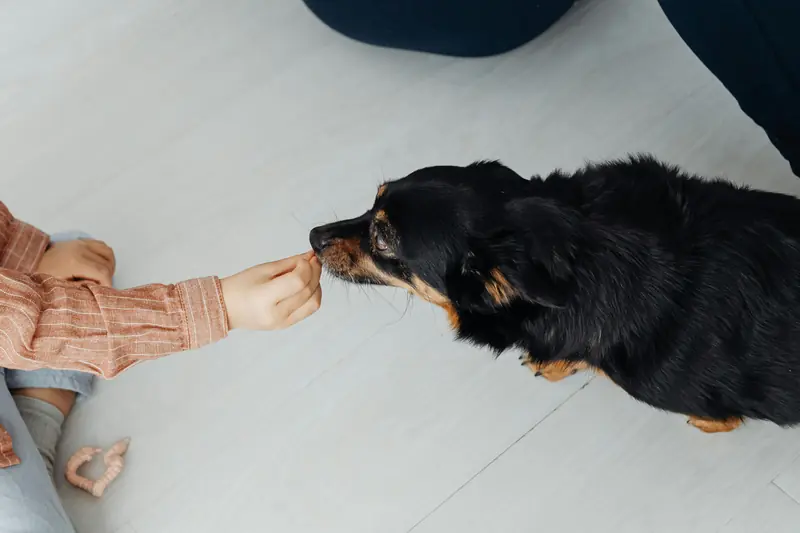Training dogs to use their sense of smell—often referred to as “scent training”—can be effectively done at home, according to a team of researchers from Aberystwyth University in the UK. Overall, dog training can be a complex process that doesn’t always yield positive results. However, new research has revealed a way to effectively correct bad behavior in dogs and enhance their cognitive abilities. Previous studies primarily involved well-trained working dogs compared to untrained ones. For the first time, scientists tested scent training on two groups of untrained dogs.

In this study, researchers enlisted 40 dogs with varying levels of training. The team aimed to determine whether their ability to detect scents would improve their cognitive skills. Dog owners filled out a questionnaire providing information about their pets’ gender, neutering status, breed, and age. The dogs were then divided into two groups, as reported by the Daily Mail. The first group was given a so-called “detour task”: the dogs had to find a transparent barrier, navigate around it, and receive a treat. For the second group, researchers used the command “look” to grab the dogs’ attention before showing them food and placing it under a pot. The training was divided into three distinct phases: familiarization, training, and testing, each consisting of 20 trials. In the first phase, the second group participants used only one pot; in the second phase, there were two pots, and in the third, three pots. All pots had the scent of pâté, so the dogs couldn’t easily tell where the treat was hidden. The dogs then had to search for the food. If a dog did not respond to the command or interacted with the wrong pot within 20 seconds, the researchers showed them the treat but did not give it to them.
According to the experiment’s results, the dogs in the second group, who had to sniff out the food, performed better than those who had to navigate around an obstacle. The study required the animals to focus on a single scent. It turned out that the dogs who underwent scent training exhibited better cognitive abilities and could complete tasks more effectively. As the lead author of the study, Sarah Dalesman, noted, this method can easily be applied at home since it doesn’t require any special equipment. “Working with scents is a fantastic activity for dogs. It’s suitable for animals of all ages, from young puppies to senior dogs,” she said. “Even hiding a bit of regular food from the dog so they have to sniff it out can provide great mental stimulation for the animal,” Dalesman added.

What other tips do researchers have? There are various ways to train dogs if their owners find scent training incompatible with their four-legged friend’s training. For instance, solving puzzles and agility training are great alternatives. Puzzle training can be done using toys that contain dog food or treats, encouraging the dog to work for their reward. These could be rubber toys filled with something tasty, hard plastic toys with mazes, or compartments for treats, among others. The idea is to provide the dog with a mental and physical challenge that can be beneficial, especially when they are confined indoors. Another option is agility training, which involves navigating a pre-set obstacle course that includes tunnels, jumping tables, and poles. This type of canine sport, which originated in the UK in the 1970s, helps develop problem-solving skills in dogs. According to Sarah Dalesman, the range of training methods is quite broad; it’s just a matter of finding the one that suits both the dog and its owner best.

